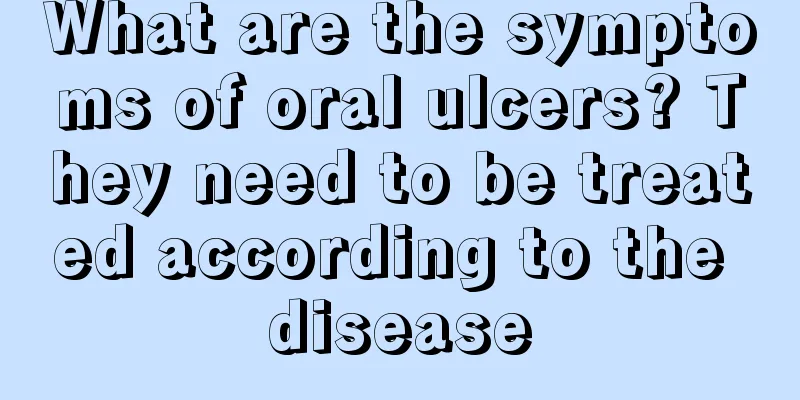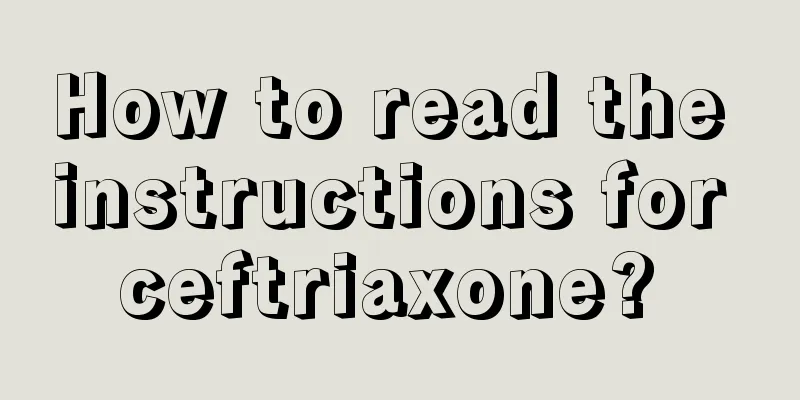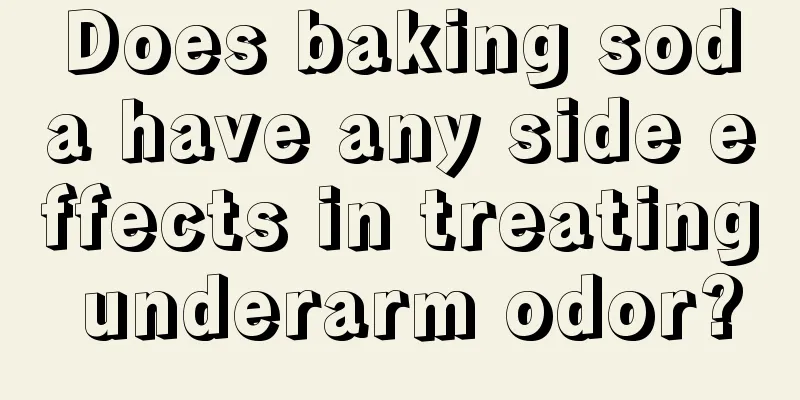What are the symptoms of oral ulcers? They need to be treated according to the disease

|
Oral ulcers are an extremely common disease with many symptoms. For example, mild oral ulcers can cause a severe burning sensation, especially on the tip of the tongue. Periglandular oral ulcers often occur on the inside of the lips and their diameter continues to expand. Herpes-like oral ulcers are more common. There are also Behcet's syndrome ulcers and traumatic ulcers. 1. Mild oral ulcers: This type of mouth ulcer causes severe burning pain, especially at the tip of the tongue. In the early stage of the disease, a slightly larger area of congestion, a needle-like area or sensitivity will appear on the affected area. Within a short period of time, a small shallow round or oval ulcer with clear boundaries will form. The diameter is generally around 2 to 4 mm, and the number is generally 2 to 3. This ulcer is self-healing but can recur. 2. Periglandular oral ulcers Periglandular ulcers are also known as giant ulcers. They are the most serious type of oral ulcer symptoms. They often occur on the inner side of the lips and the mucosa of the corners of the mouth, and can also occur in the soft palate, palatoglossal arch and other parts. The initial stage of the disease is the same as that of mild oral ulcers, but it will occur individually. The diameter of the ulcer will gradually expand and develop deeper into the mucosal glands. The disease usually lasts a long time and will leave scars after healing. In severe cases, it may also cause tissue defects or deformities. 3. Herpes-like oral ulcers This type of oral ulcer is also called stomatitis-type oral ulcer. Its symptoms are very similar to those of mild oral ulcer, but the number is large, and the mucosal congestion is obvious and widely distributed. In addition to severe pain in the affected area, there are also symptoms such as local lymph node enlargement, fever and headache. 4. Behcet's syndrome This type, also known as oculo-oral-genital triad, is a systemic disease with recurrent attacks and damage to the skin, eyes, mouth, and genitals, as well as the nervous system, cardiovascular system, and joints. 5. Traumatic ulcers According to the duration of mechanical stimulation, it can be divided into persistent and non-persistent stimulation factors. Persistent mechanical stimulation, such as residual crowns, residual roots, sharp edges, sharp tooth tips, and poor restorations formed in the oral cavity due to caries. Non-persistent mechanical stimulation factors such as stimulation from hard and brittle foods, accidental bites while chewing, injuries from brushing, improper use of instruments by dentists during treatment, etc., can all cause trauma to the mucosa and form ulcer lesions. |
<<: What Chinese patent medicine is effective for Qi deficiency
>>: What are the effects of eating Pueraria powder?
Recommend
Mid-term diagnosis method for rectal cancer
What are the mid-term diagnostic methods for rect...
There is a hard lump next to my toe
A hard lump next to the toe may be caused by corn...
Analysis of measles-rubella combined vaccine
Measles-rubella and bivalent vaccines are a way t...
How to use medicine to treat neuralgia?
The treatment of neuralgia cannot be ignored. Aft...
TCM Syndrome Differentiation and Treatment of Gallbladder Cancer
According to traditional Chinese medicine, the ga...
Effect of interventional treatment for liver cancer
Interventional treatment of liver cancer is actua...
What causes frequent palpitations
Frequent palpitations should never be ignored. If...
What are the symptoms and characteristics of liver cancer? Common symptoms of liver cancer have these characteristics
Liver cancer is a malignant tumor disease that we...
The harm of bacteria breeding in air-conditioned rooms without cleaning
The weather is hot in the summer, and many famili...
What are the benefits of vinegar foot bath
Using vinegar to soak feet is a common maintenanc...
What is the normal range of human heart rate
If the heart rate is abnormal, it may be caused b...
Can I have a complete abortion after taking abortion pills?
In the early stages of unexpected pregnancy, most...
What are the precautions for soaking your feet in red peanuts and ginger?
Soaking your feet before going to bed in winter c...
How can lung cancer extend life
How can lung cancer prolong life? Once a serious ...
Cancer has warning signs, top ten signs should be discovered in time
Many people don’t know much about cancer signals,...









